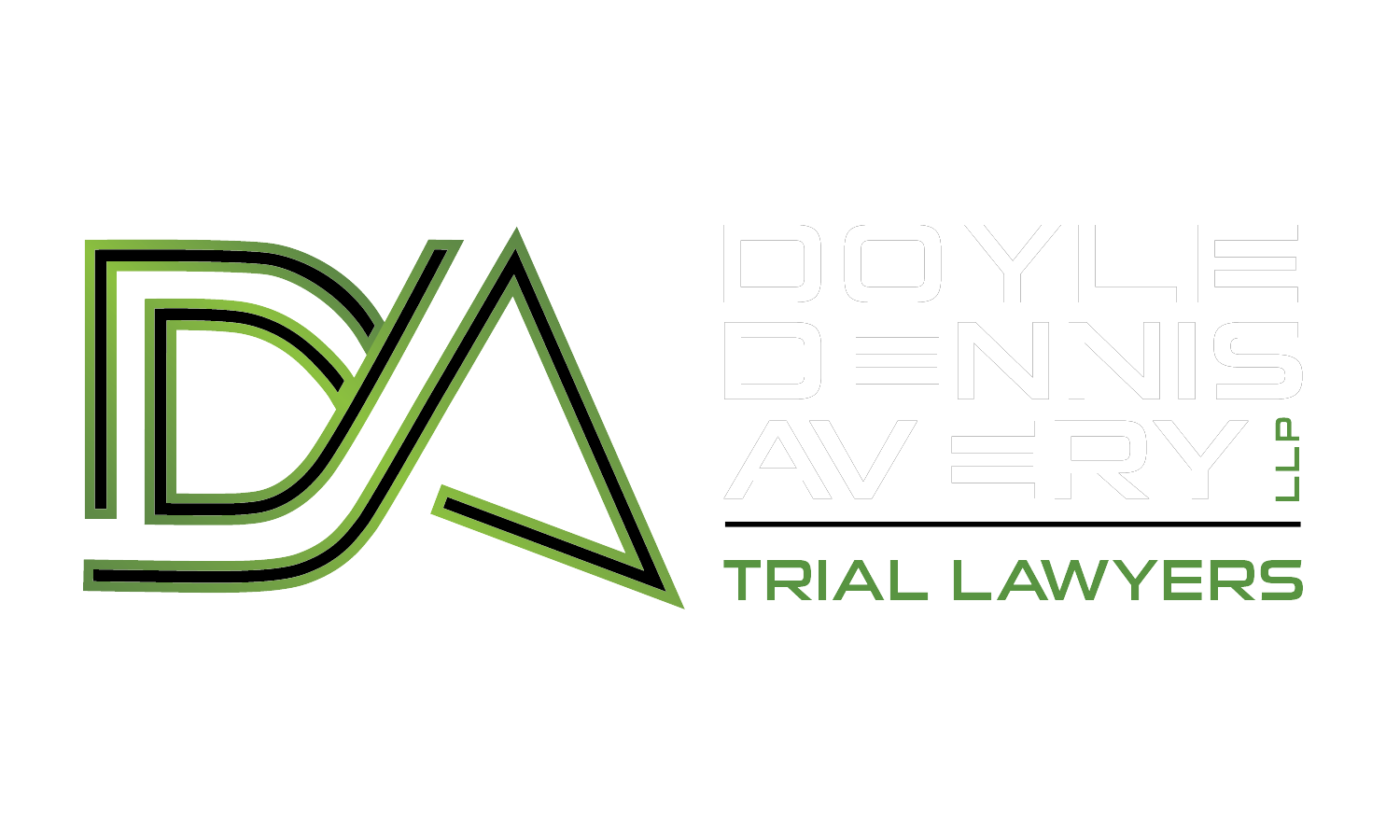Sexual Harassment in Texas
Doyle Dennis Avery LLP represents employees who have faces harassment, abuse, and discrimination in the workplace. The State of Texas has recently expanded protection, to allow virtually employees throughout the state to be protected from sexual harassment, regardless of the size of the employee. This first step is an important protection to prevent and stop sexual harassment in the work place. Doyle Dennis Avery LLP has fought in the community to end sexual harassment in the workplace.
What is protected?
Texas law, through the Texas Commission on Human Rights Act (Tex. Lab. Code § 21.055, protects an employee from retaliation or discrimination by an employer regarding Sexual Harassment. Specifically, Texas law protects someone who has opposed a discriminatory practice; made or filed a charge; filed a complaint; or testified, assisted, or participated in any manner in an investigation, proceeding, or hearing.
The Texas Supreme Court has ruled that an employee’s opposition to a discriminatory practice is protected under the Texas Commission on Human Rights Act, irrespective of the merits of the underlying discrimination claim. City of Waco v. Lopez. Although an employee is not required to show actual existence of the unlawful practice, the employee must demonstrate a good faith reasonable belief that the underlying discrimination violated the law.
What are examples of Sexual Harassment?
Some examples of inappropriate workplace conduct which may be sexual harassment, includes flirting, unwanted touching, hugging, or contact, making sexual remarks about someone’s body, clothes, or appearance, asking about an employee’s sex life, talking about sexually charged topics, showing sexually explicit content, telling sexually charged or offensive jokes, talking about or providing comments about sexually charged personal stories, or making offensive comments, jokes, or statements about sexual orientation or gender reassignment.
Who is protected?
In 2021, Texas changed the laws to protect all employees who have been sexually harassed regardless of the size of an employer. This is an important protection that had previously allowed some companies to avoid sexual harassment laws based on the size of the company. State law defines an employee as private and public employees (except elected officials), and employers, ass private and public employers, including counties, municipalities, state agencies, and state instrumentalities.
What is the legal standard for Sexual Harassment?
Generally, there are two types of ways that a sexual harassment claim may occur – quid pro quo and hostile work environment. To prove claim for quid pro quo harassment, a plaintiff must show that: he or she (1) is a member of a protected group; (2) was subjected to unwelcome sexual advances or requests for sexual favors by someone with actual or apparent authority; (3) the harassment was based on sex; and (4) submission to the unwelcome advances was an express or implied condition for receiving job benefits or refusal to submit resulted in a tangible job detriment. Quid pro quo harassment requires a showing that the harasser demands sexual favors as a condition for granting employment or its benefits.
To prove a hostile work environment based on sexual harassment, the employee must show: he or she (1) was subjected to unwelcome sexual harassment; (2) was harassed because of his sex; (3) the harassment was so severe or pervasive as to alter the conditions of employment and create a hostile work environment; and (4) some basis for holding the employer liable. For an employer’s conduct to rise to the level of a hostile work environment, it must be both objectively and subjectively hostile or abusive, or in other words, the work environment must be both one that a reasonable person would find hostile or abusive and one that the victim in fact perceived it to be.
Key differences exist regarding these two types of claims. For example, under a quid pro quo harassment, the plaintiff must show that an employer explicitly altered the terms, conditions or privileges of his or her employment. In contrast, when a plaintiff proceeds on a theory of harassment culminating in a hostile work environment, it is the severe and extreme nature of the harassment itself that is said to “constructively alter the employee’s terms or conditions of employment.”
What damages are available?
An employee who has been sexually harassed may recover, lost wages, mental anguish and punitive damages (which are capped at the amount set by the employer size), and reasonable attorney’s fees.
Should I hire a lawyer?
Dealing with harassment in the workplace can be a petrifying and dangerous experience. Employees should never be punished for opposing discrimination. But unfortunately, employers do not always follow this practice. When employers violate the law, employees call Doyle Dennis Avery LLP. Our firm has significant experience representing employees, including a $7.8 million verdict in Gillies v. Valaris PLC, a $1.7 million verdict in Ball v. Alleyton Resource Company, a $1.9 million verdict in Reginald Newberne v. Dept. of Public Safety, and a $6.5 million verdict in Gomez v. Memorial Hermann Hospital System. If you would like to learn more about our firm or schedule a free consultation, contact us today.
Copyright © 2024 Doyle Dennis Avery LLP Trial Lawyers. All rights reserved. Powered By Blue Beam LLC
The information on this website is intended for general informational purposes only and is not legal advice for any individual case or situation. Viewing or receipt of content on this website does not create an attorney-client relationship between the user and Doyle Dennis Avery LLP.
The cases, verdicts and settlements displayed on this site are solely for illustrative purposes and should not be considered a guarantee or prediction of the outcome of any other claims or cases. Each case is unique, and past outcomes are not indicative of future results.
We recommend that users consult with an attorney for legal advice on any questions or concerns they may have. Users rely on the information on this website at their own risk.
